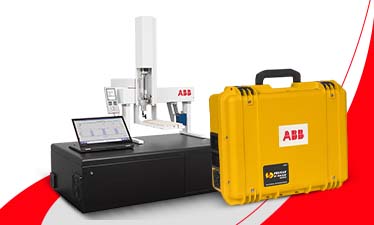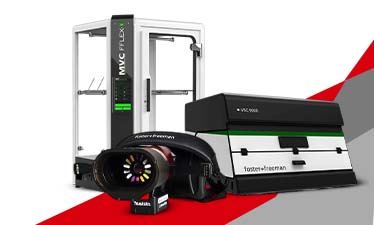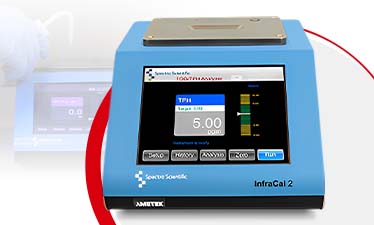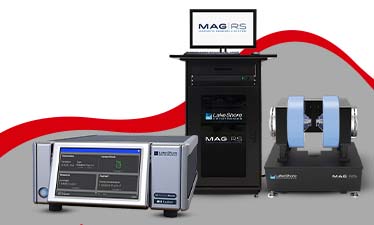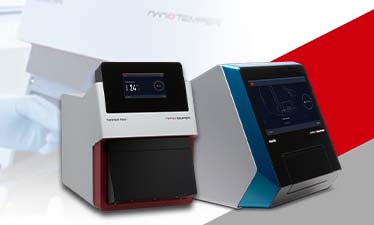Raman Spectroscopy 101: All You Need to Know About It
In order to gain a detailed and elaborate understanding of the chemical composition, fingerprint and purity of a sample, there is a requirement for a highly sophisticated spectrometry solution.
Raman Spectroscopy is a non-destructive, non-contact and an overall powerful technique capable of fulfilling all the requirements mentioned above. The demand for OEM Raman products is extremely high as Raman spectroscopy is the suitable solution for comprehensive chemical detections of varied sample types.
It is specifically advantageous for applications where sample consumption during testing shall represent a highlighting cost burden or where water interference makes NIR impractical.
Raman spectroscopy is an open field and it has further opened extensively ever since the introduction of compact or even portable handheld systems that typically uses integrated detectors and laser modules to collect Raman spectra on-the-go.
Because of such advancements, users now have the option of choosing between fully-modular Raman systems, fully-integrated or semi-integrated spectrometers, proprietary portable devices and OEM Raman modules.
Before we ponder upon the question of which option would be the best solution, let us learn about the basics of Raman spectroscopy. Keep reading till the end to find out all.
What You Need to Know
When high intensity laser light hits the sample, it may be reflected, absorbed, scattered or even transmitted. Raman spectroscopy involves light scattering technique concerned with immensely weak signals that are scattered at varied wavelengths to the of the incident beam.
The energy and intensity of Raman scattering is represented as a series of peaks which corresponds to the specific molecular subgroups. Each chemical bonds have characteristic vibrations, which is how Raman scattering can be utilized to study the chemical phase and identity of such a vast range of sample types.
How is Raman Spectroscopy Performed?
This spectroscopy technique is performed with the use of an extremely powerful laser to trigger the molecule and observe the shifted spectrum of light that is scattered back from it.
Most frequently, molecules tend to scatter incident light without effect. However, on special occasions, the light links with one of the vibrations present in the molecules and subsequently the photon loses some of its energy.
This shiftiness in the photon's energy synchronizes with the specific vibrational frequency of the molecule, which in turn is the compound’s characteristic. Measurement of the fingerprint of shifts from several such photons interacting with the different possible vibrations, bends and stretches within the molecule.
Therefore, offering accurate chemical identification of the compound that is in question. There are many other factors that can impact the Raman spectrum’s quality, for example, fluorescence background, excitation wavelength and the laser power’s impact.
It is evident from the above details that Raman spectroscopy demands for high stability monochromatic laser sources and low noise, high sensitivity optics that can quickly collect spectra with good resolution.
If you are looking for high-quality OEM Raman products then make sure to get in touch with the best supplier now.




